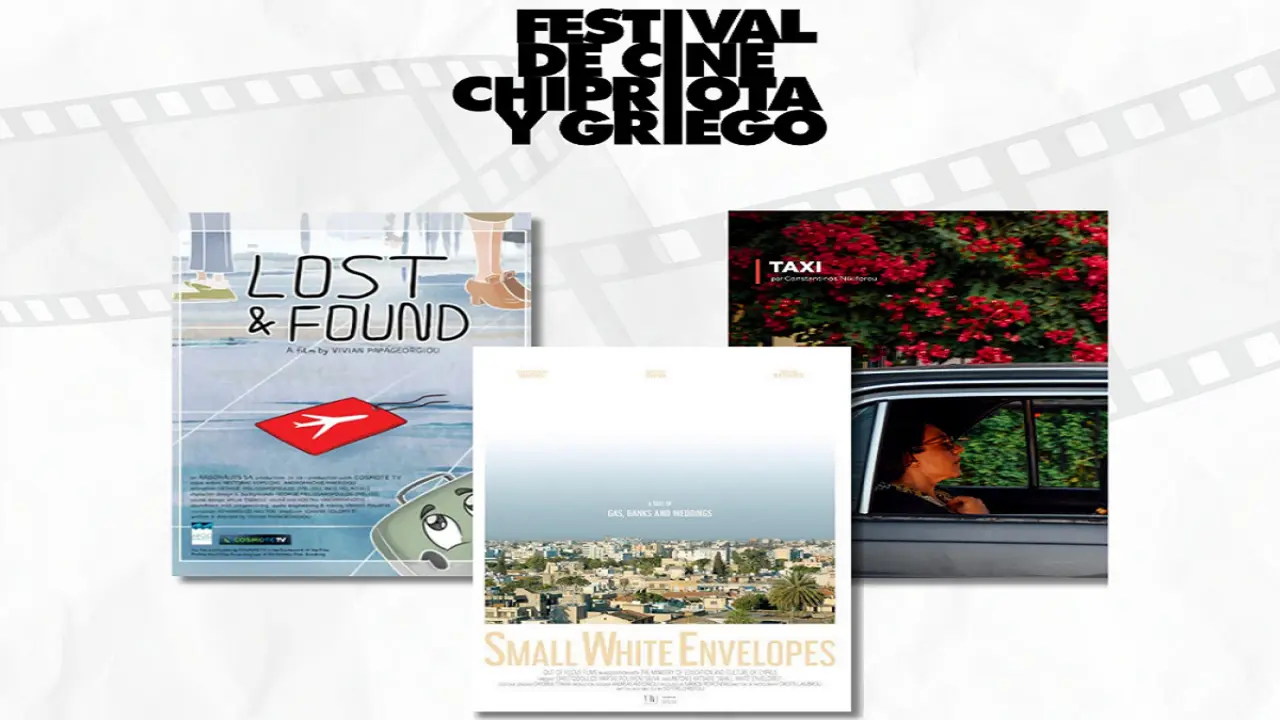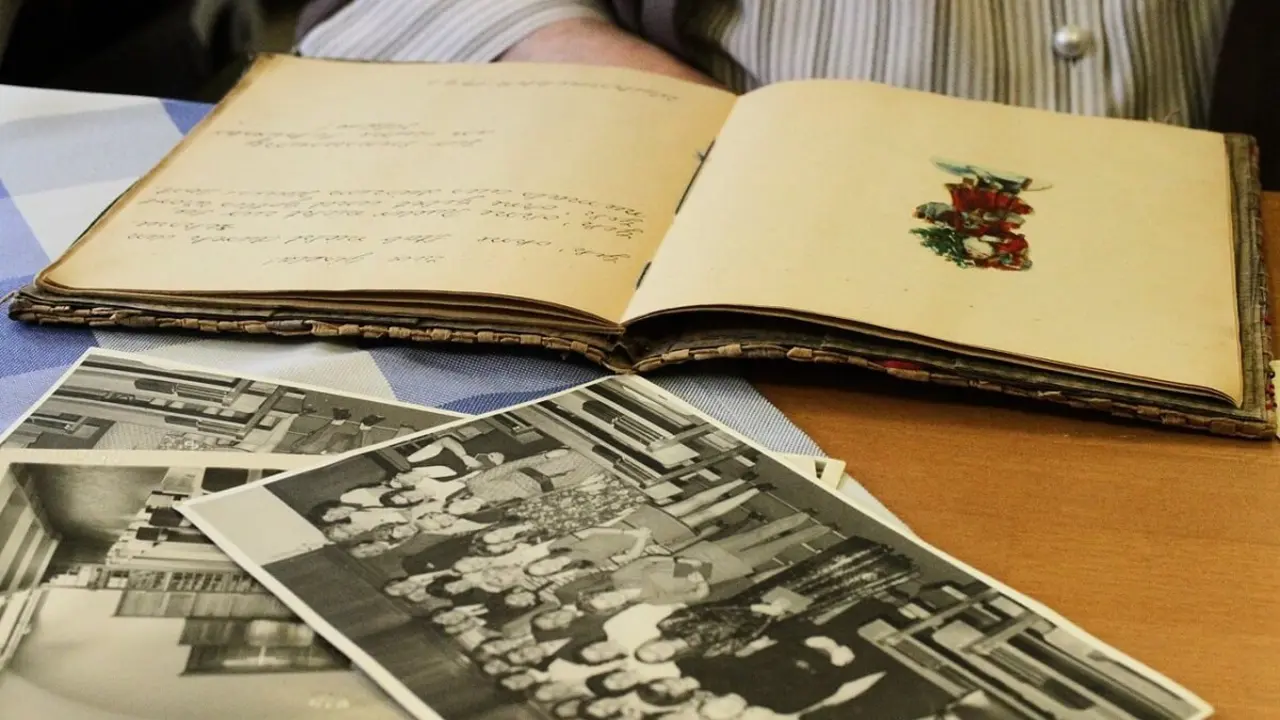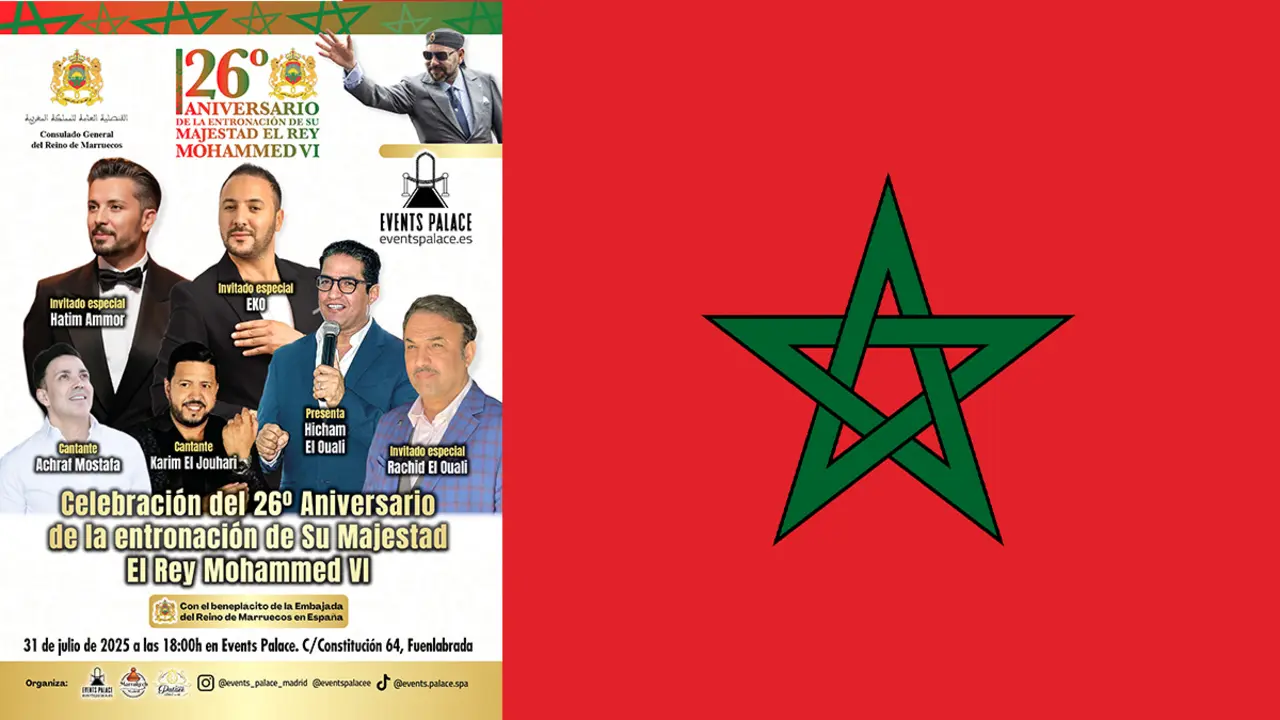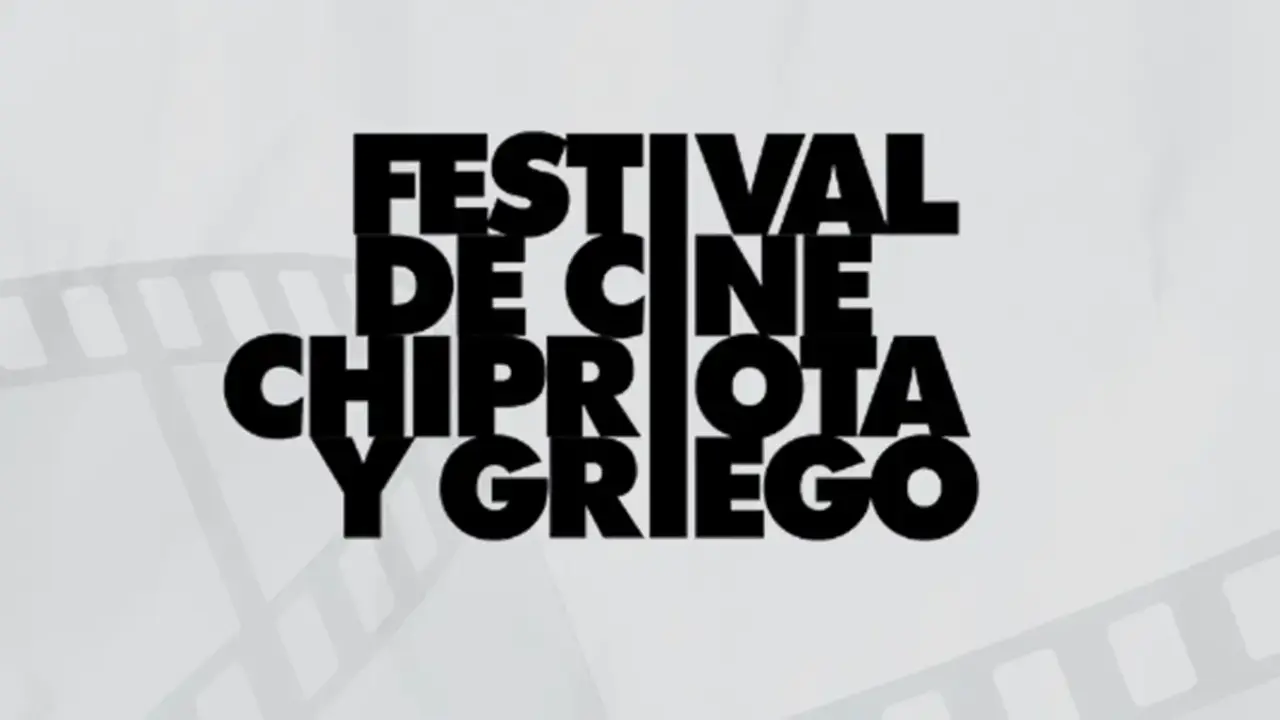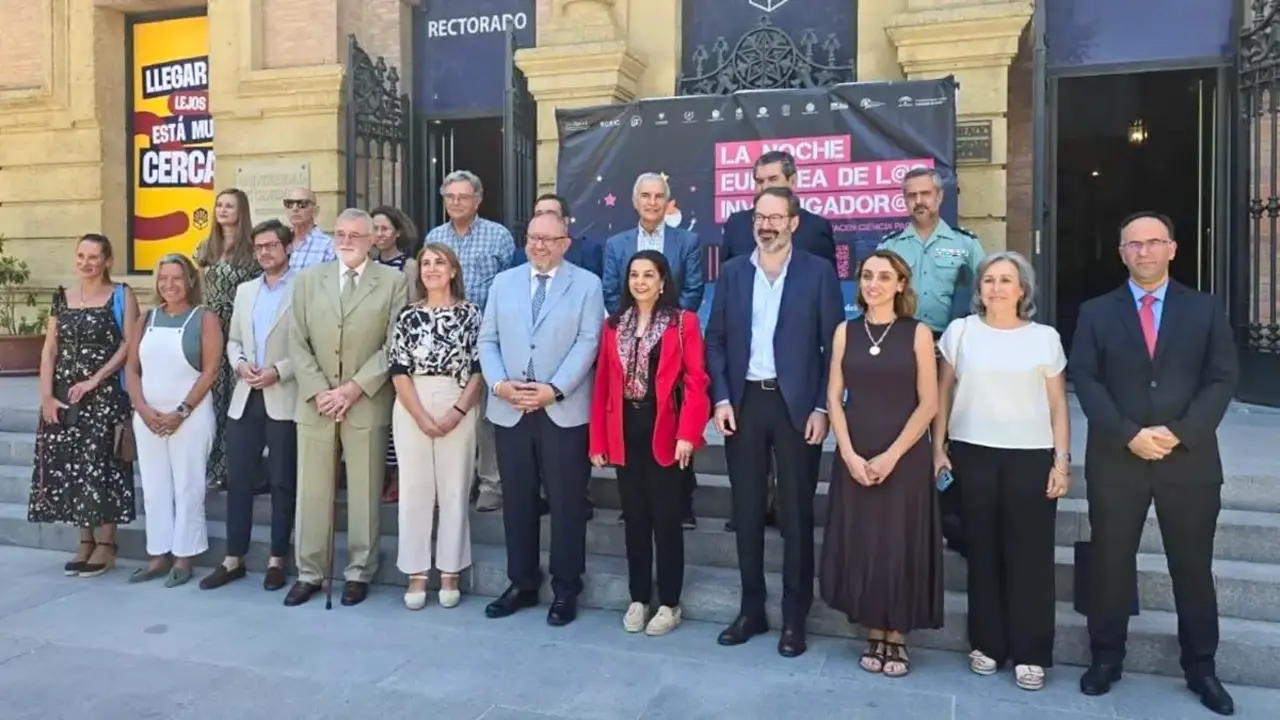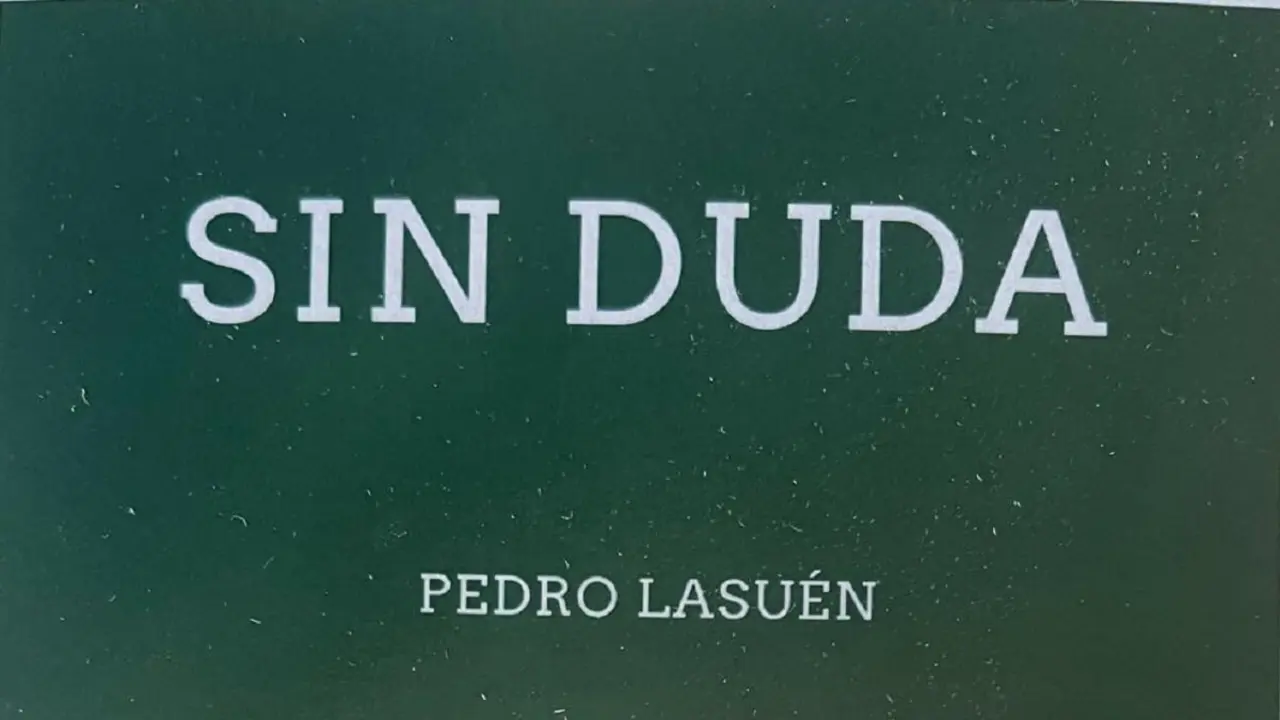The evolution of contemporary Moroccan art comes to the Reina Sofia Museum with "Moroccan Trilogy"

From 30 March to 27 September this year, the Reina Sofía Museum in Madrid is presenting the art exhibition "Moroccan Trilogy". This is an initiative of the Museo Nacional Centro de Arte Reina Sofía, the Spanish Ministry of Culture and Sport and the National Museum Foundation of the Kingdom of Morocco.
"Moroccan Trilogy" encompasses different visual arts such as photography and painting, reflecting three historical moments from 1950 to 2020. From Moroccan independence to the present, involving one of the axes of the museum's programme, decolonial research focused on the neighbouring country.
The variety of artistic expressions and the artists selected are divided into three periods: the first from the transition to independence, 1950 to 1969; the second is the lead years from 1970 to 1999; and finally, the modern period from the 2000s to 2020.
The first phase covers a period after the forty years of French protectorate shared with Spain in some areas such as the Rif and the Sahara. The artistic field, after achieving independence, revolved around the nationalist current that appeared in search of identity symbolism, allowing the construction of a conceptual background for modern Moroccan art during the 1960s and 1970s.
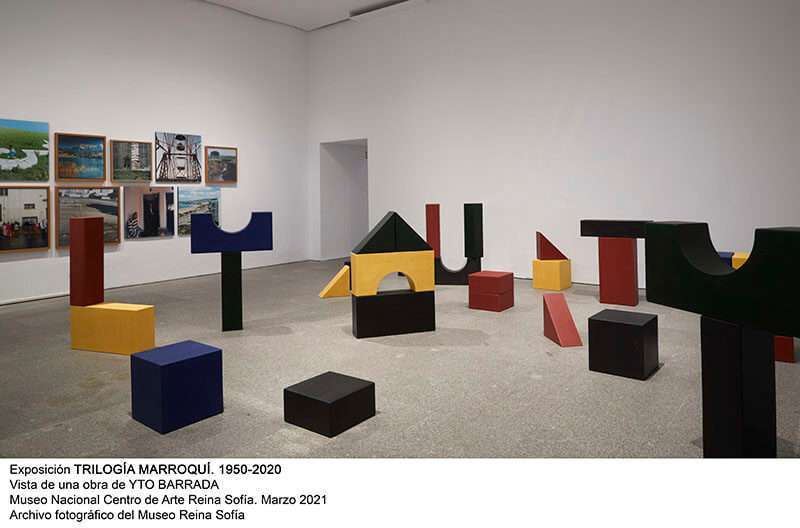
In addition, during this period the artists' approach to questioning the Moroccan academy, i.e. the traditional teaching of art in the North African country, stands out. This first generation of artists developed abstract art as an expression of national demands and the search for their own identity as an independent country.
Artists such as Mohamed Melehi, Mohamed Chabâa with Farid Belhakia, Mohamed Hamidi, Mohamed Ataallah and Mustapha Hafid transformed art education and constituted a break with the academic acquis to pursue their studies in Europe and the United States. Once in Morocco, they pushed for an opening to modernity with revolutionary plastic projects, particularly at the Casablanca School of Fine Arts. Tangier also became a bohemian centre and meeting place for this generation.
The generation of artists born between the 1940s and 1930s was nourished by the spirit of independence and, after achieving it, became the Moroccan artistic avant-garde, questioning academicism.
During the second phase, a complex period known as the Years of Lead, we see a series of internal conflicts and the appearance of alternative publications and independent festivals, among others. The rupture was active mainly in theatre, literature and poetry, which was disseminated through the magazine "Souffles", directed by the poet Abdellatif Laâbi, which was banned in 1972.

There also appeared an art that dispensed with academic training, which was not intellectual and was represented by both men and women, such as Chaïbia Talal and Fatima Hassan. These entirely self-taught artists were linked to a lively artistic dynamic. This period is characterised by dissidence regarding the gradual Arabisation of cultural life, the annexation of Western Sahara and the increase of state control.
A new contemporary trend began in the late 1980s, with new artistic approaches and in the 1990s artists such as Mohamed el-Baz, Mounir Fatmi and Yto Barrada.
At the end of this decade, Morocco began its democratic transition, which influenced art, and there were some signs of openness in the media scene. In addition, the renewal of avant-garde practices and the use of modest materials began in these years.
The third and last phase, the work of a generation that was disengaging from the past in terms of form, technique and symbolism, as well as politics. The artists of this period became accustomed to meeting in alternative places to those frequented by previous generations. In this period, women played an important role, and they raised a critical reflection on women and Moroccan society.
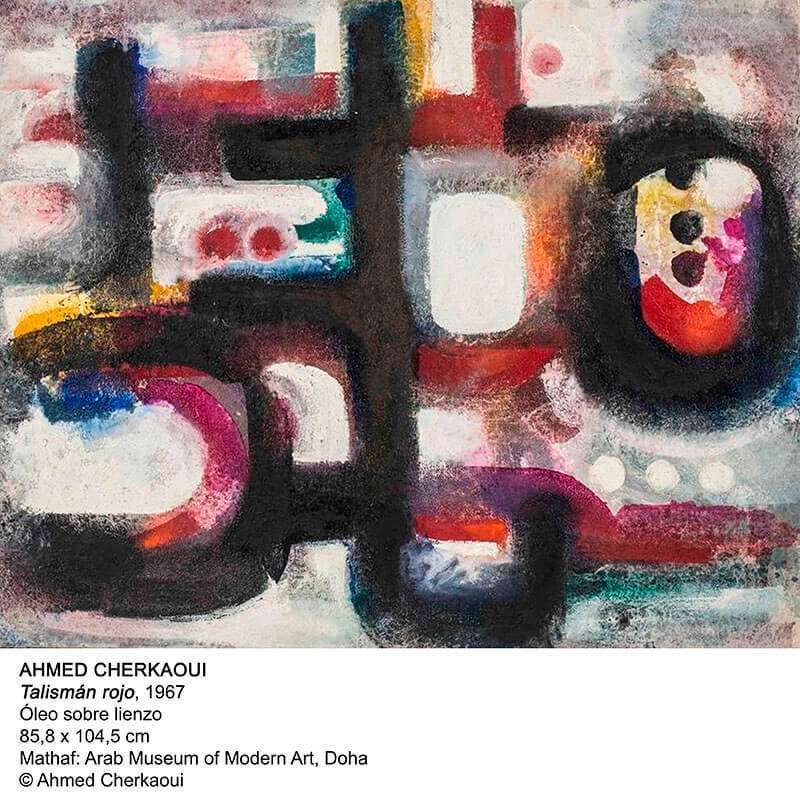
The democratic transition influenced Moroccan art, radically breaking with the past from different points of view. They witnessed the emergence of populism and technological development, as well as the terrorist attacks in Casablanca and the popular movement of the Arab Spring. The Internet served this generation to achieve goals through projects inspired by the desire for change and social justice.
The exhibition "Moroccan Trilogy" represents the diversity and evolution of the thinking of each era through which the North African country has lived. With its formal tendencies, nationalism and independence and the historical context. All this influence is shown in the different artistic manifestations in search of social, human and cultural progress.
In addition to the film screenings, the exhibition brings with it actions to get to know the contemporary Moroccan reality with meetings with artists from the country. Also, co-organised with Medialab Prado, Casa Árabe and Museo Reina Sofía, and curated by Susana Moliner, it includes round tables, conversations, conferences and workshops that will be held at the three venues

